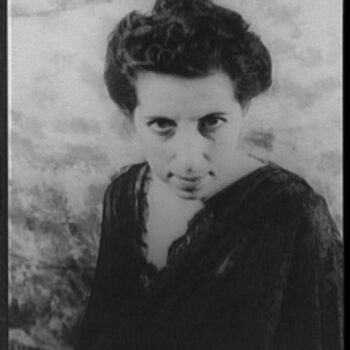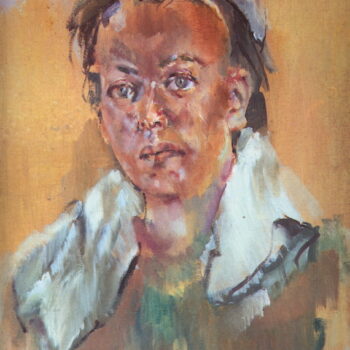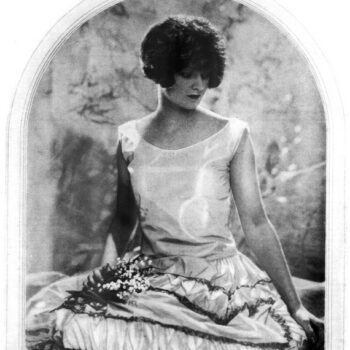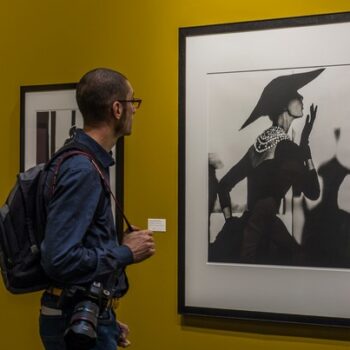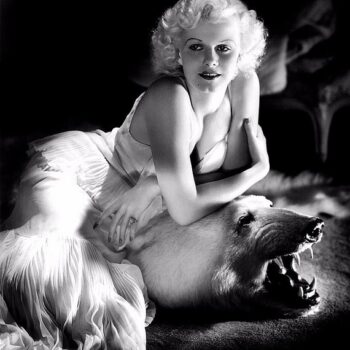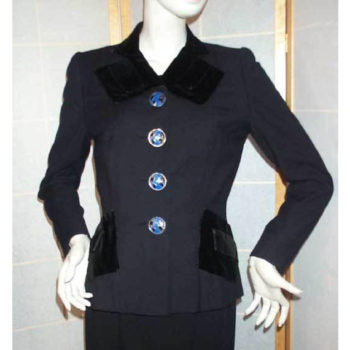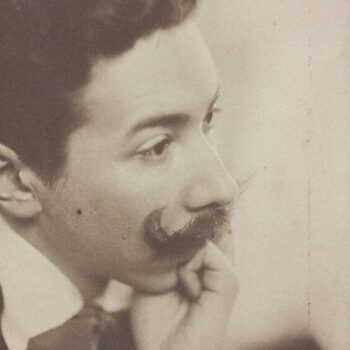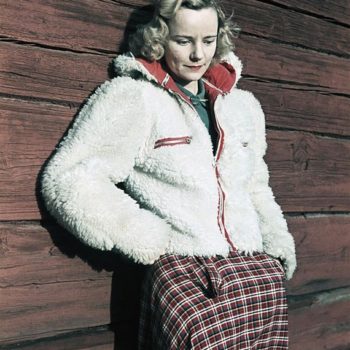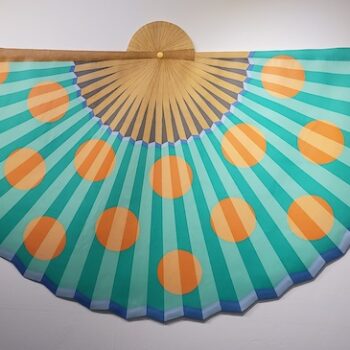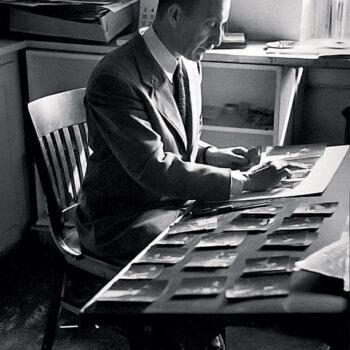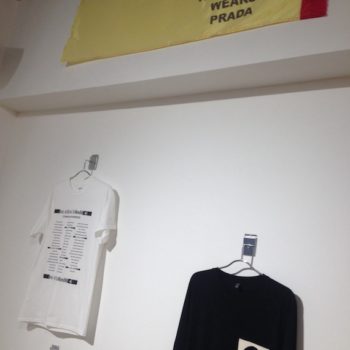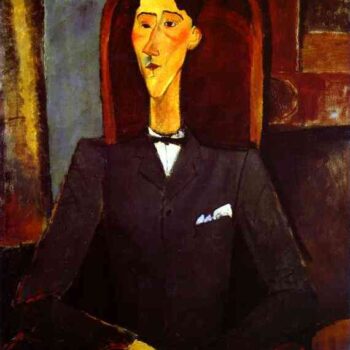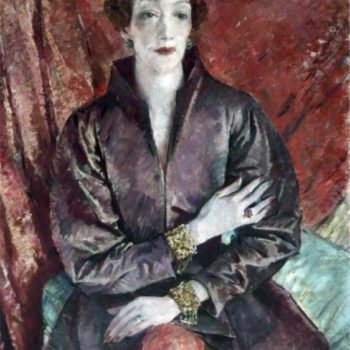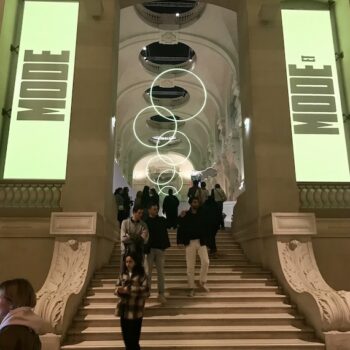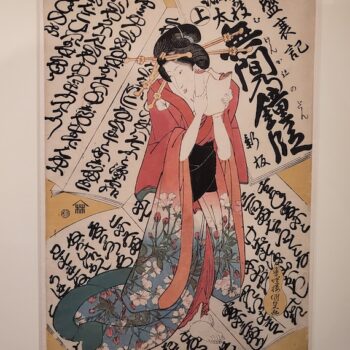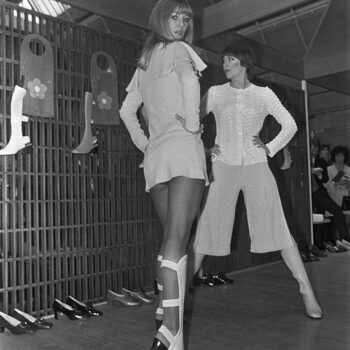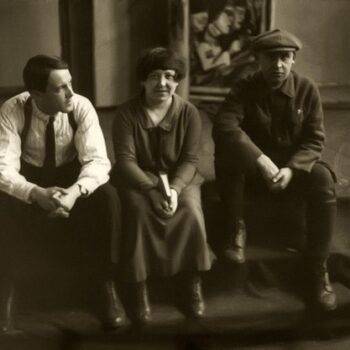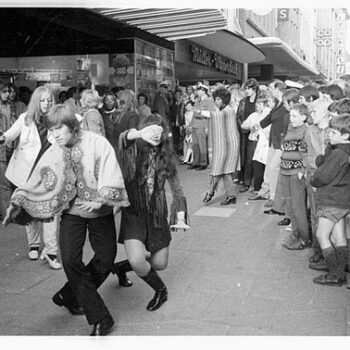Milena Pavlovic Barilli – fashion illustrator
April 8, 2017Milena Pavlovic Barilli (1909-1945) was a Modernist Serbian artist and illustrator who ran with the Surrealists and had her work published in Vogue, Harper’s Bazaar, Charm and Glamour, as well as numerous exhibitions of her paintings in galleries all over the world. The themes of her work include dreams, Bible stories, and portraits, and Milena’s greatest model was herself.
Milena is well known and revered in Serbia, with a museum dedicated to her in the house where she was born in Požarevac, but has become little known in the English speaking world. Fashion and art historian Stefan Žarić has made it his mission to change all that, and is currently writing about the artist. Who better, then, to chat to about her than the expert?
Genevieve Jones: When did you first hear about Milena Pavlovic Barilli ? What was it that attracted you to her work?
Stefan Žarić: Given the very excessive and a bit old fashioned general education in Serbia, we encounter a lot of sociocultural phenomena as youngsters, during our elementary schooling. Such is the case with Milena Pavlovic Barilli, as many schools take field trips to the city of Požarevac where she is from. Later, you examine a little bit of her work in high school, just to grab it in depth if you are about to major in art history, literature or gender, as Milena was both a paintress and a poetess.
My story with her is a bit different. After graduating in Art History and Comparative Literature from University of Minnesota, I decided to pursue my MA at the University of Belgrade and its Seminar for Studies in Modern Art. However, my first proposed subject was art historical references in Alexander McQueen‘s design.
The department was too conservative for such a phenomena as it is still very much forged by chains of classically understood art history, so through discussion with my mentor, we came up with Milena Pavlovic Barilli. And I have no regrets. There are probably dozens of students pursuing their theses on AMCQ or other known phenomena, while Milena, who lived in Belgrade, Italy, Spain, Paris, London, and then NYC, is very much an understudied and unknown fashion gem. She connected Serbia to the world like no artist of that time did, and still she is not given enough credit for it.
GJ: Tell us about one of your favourite works by the artist.
SZ: As her paintings were praised and studied, her fashion illustrations and costume designs were left behind. For me it’s the opposite. I think that every approach to history is inevitable subjective, so I decided to write the history of Milena Pavlovic Barilli’s art through fashion illustrations she was commissioned to create. Her illustrations and her paintings have the same themes and subjects, even poetics, they are just made in a different media.
I find the most interesting illustrations are a series Milena Pavlovic Barilli did for NYC based Textron Lingerie. Female figures are borrowed from her paintings, quoting Renaissance Venus, and landscapes from surrealist poetics she belonged to. However, she very genuinely turns these high artistic concept into a commercial and communicative art works by paying homage to American pop culture and fashion. Just look for example at The Bath of Venus. So many traditions and aspects brought up just by a single artwork, and its very playful name.
GJ: I bet you have some good stories about Milena’s life?
Milena Pavlovic Barilli
SZ: Milena Pavlovic Barilli was a vagabond, she belonged everywhere and nowhere. Born in Serbia to Italian origins, studying in Munich, exhibiting in Paris and London, traveling around Spain, and ending up in NYC – such life brought many adventures, but troubles as well.
Milena Pavlovic Barilli was friends with Crowninshield, exhibited in the same gallery as Frida Kahlo, even Van Vechten snapped a few fashion portraits of her for his photographic portfolio. As well as this she was the only Serbian artist that has ever illustrated for Vogue. On the other note, my personal favourite is the love she had for animals. When she was dying in 1945 in NYC, her last wish was for the living to take care of her beloved dog, Beck.
GJ: Was she unique as a female artist and illustrator at the time, or was there a thriving female art scene in Yugoslavia?
Milena Pavlovic Barilli
SZ: Prior to Milena’s aspiring career, Nadezda Petrovic and Katarina Ivanovic were considered major female artists of that time, even though there have been many. However,Milena Pavlovic Barilli’s background and lifestyle made her unique and different in the whole history of Serbian art, regardless of gender. She was, alongside applied artist Dusan Jankovic, a rare example of art deco poetics in Serbian art, and later she moved towards metaphysics, surrealism, return to order, and the interplay of art and fashion.
But Serbia has always been fertile ground for female artists in a bizarre way – being conservative, which made local and national artists seek for acceptance and become international, as it is the case with Marina Abramovic now.
GJ: Could you recommend other Serbian artists/illustrators you think we might like and be missing out on?
Milena Pavlovic Barilli
SZ: As I said, Dusan Jankovic was an artist and a fashion designer himself, even having a studio in 1920s Paris. He had the honour to represent the Kingdom of Serbs, Croats and Slovenes at the world famous Paris exhibition of ’25. Aleksandar Joksimovic, a fashion designer who reigned in Yugoslav fashion scene in the 1960s is worth a mention. Inspired by the revolution DIOR and YSL brought, Jankovic combined ethnic elements of Serbian folklore with contemporary “retro-space” tendencies.
His illustrations are marvellous. These names, alongside Milena Pavlovic Barilli, definitely deserve to be found in fashion histories, and I hope that with my thesis, as Milena Pavlovic Barilli really unified many cultures and artistic traditions, I can bridge Serbian and international fashion academia.
***
Stefan Žarić is an art and fashion historian, currently writing a thesis about Milena Pavlovic Barilli . https://umn.academia.edu/StefanZaric



